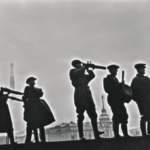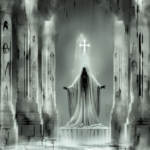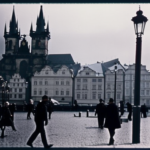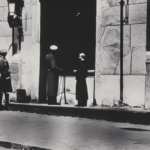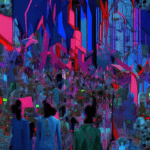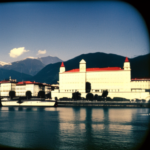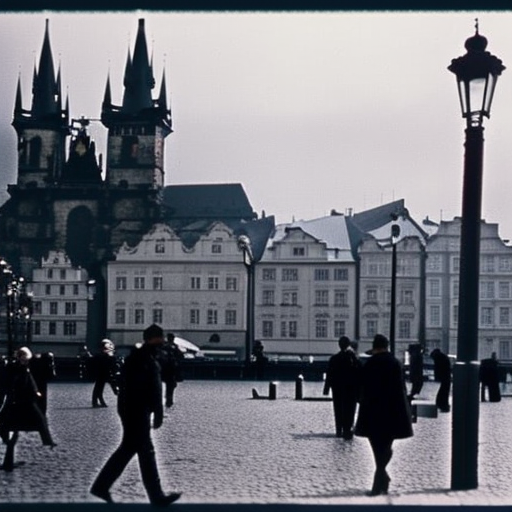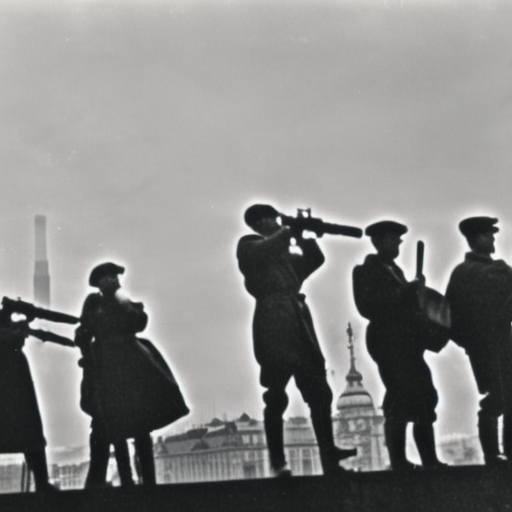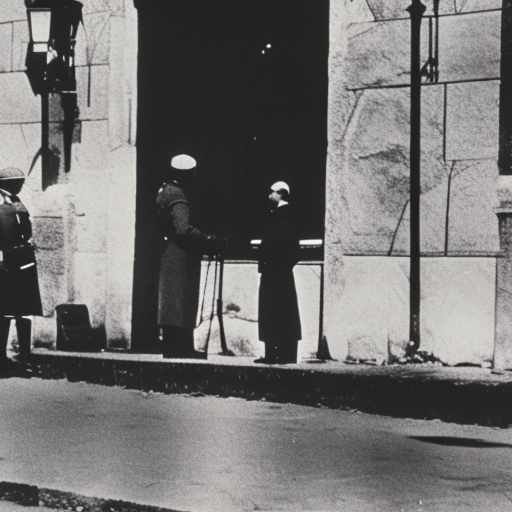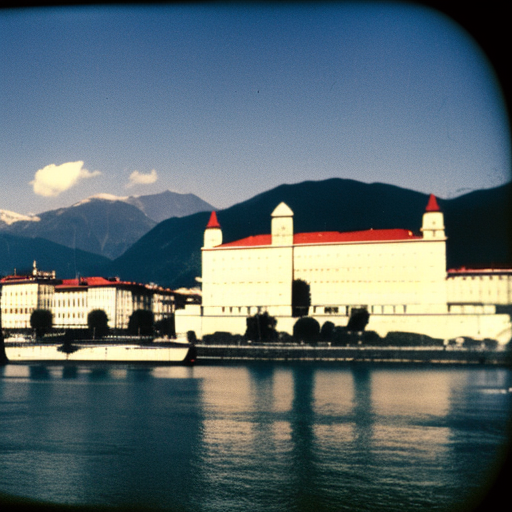The Prague Spring (1968)
The Prague Spring was a period of political liberalization in Czechoslovakia that took place in 1968. It was characterized by a series of reforms aimed at increasing political and economic freedom, as well as reducing the influence of the Soviet Union.
Background
Czechoslovakia had been under communist rule since the end of World War II. The country was a member of the Eastern Bloc, a group of communist states aligned with the Soviet Union. However, by the 1960s, there was growing discontent among the Czechoslovak population with the strict communist regime and the Soviet domination.
Alexander Dubček and the Reform Movement
In January 1968, Alexander Dubček became the First Secretary of the Communist Party of Czechoslovakia. He was a reformist who believed in the need for greater political and economic freedom. Dubček introduced a series of reforms known as the Action Program, which aimed to decentralize the economy, increase freedom of speech and the press, and democratize the political system.
The Prague Spring
The Prague Spring began in April 1968 when the Czechoslovak Communist Party held its 14th Congress. During the congress, Dubček and his supporters pushed for the adoption of the Action Program. The program was met with enthusiasm by the Czechoslovak population, who saw it as an opportunity for greater freedom and democracy.
The reforms introduced during the Prague Spring included the abolition of censorship, the release of political prisoners, and the relaxation of travel restrictions. Dubček also called for the creation of a federalized Czechoslovakia, which would give greater autonomy to the individual regions within the country.
Soviet Reaction
The reforms of the Prague Spring were met with alarm in the Soviet Union and other Eastern Bloc countries. The Soviet leadership feared that the liberalization in Czechoslovakia could inspire similar movements in other communist states. In August 1968, the Soviet Union and its Warsaw Pact allies invaded Czechoslovakia to suppress the Prague Spring.
The invasion was met with widespread resistance from the Czechoslovak population. Protests and demonstrations erupted across the country, but the Soviet forces were able to quickly suppress the opposition. Alexander Dubček and other reformist leaders were arrested and taken to Moscow, where they were forced to sign the Moscow Protocol, which effectively ended the Prague Spring.
Aftermath
Following the suppression of the Prague Spring, Czechoslovakia returned to a period of strict communist rule. The reforms introduced during the Prague Spring were reversed, and the Soviet Union tightened its control over the country. Many of the reformist leaders were removed from power, and a period of political repression began.
However, the Prague Spring had a lasting impact on Czechoslovak society. It demonstrated the desire of the Czechoslovak people for greater freedom and democracy, and it inspired future movements for political change. The events of the Prague Spring also led to a reevaluation of Soviet influence in Eastern Europe and contributed to the eventual collapse of communism in the region.
In conclusion, the Prague Spring of 1968 was a period of political liberalization in Czechoslovakia that aimed to increase political and economic freedom. Led by Alexander Dubček, the reform movement introduced a series of reforms known as the Action Program. However, the Soviet Union and its allies invaded Czechoslovakia to suppress the Prague Spring, leading to a return to strict communist rule. Despite its suppression, the Prague Spring had a lasting impact on Czechoslovak society and contributed to the eventual collapse of communism in Eastern Europe.
